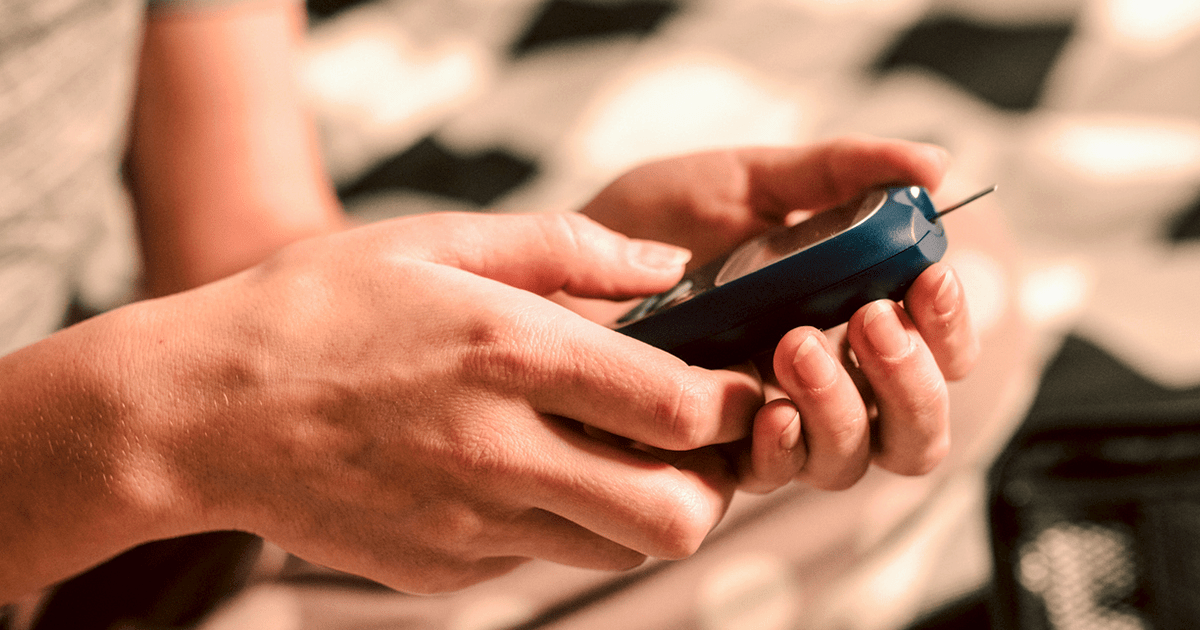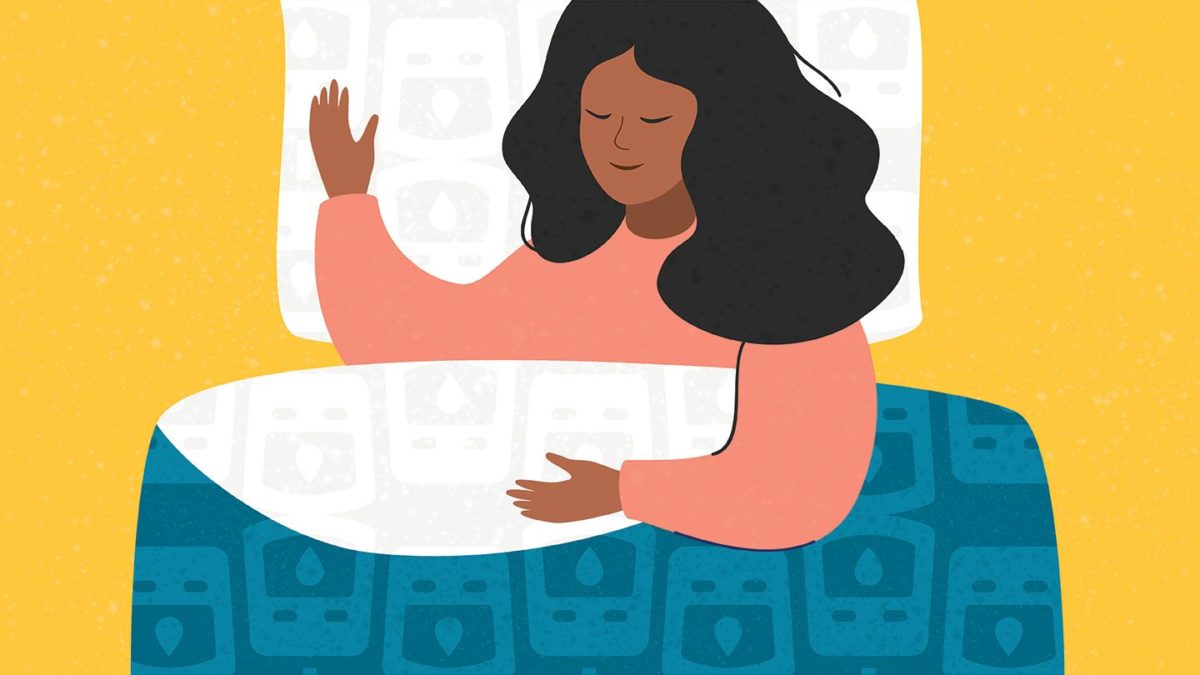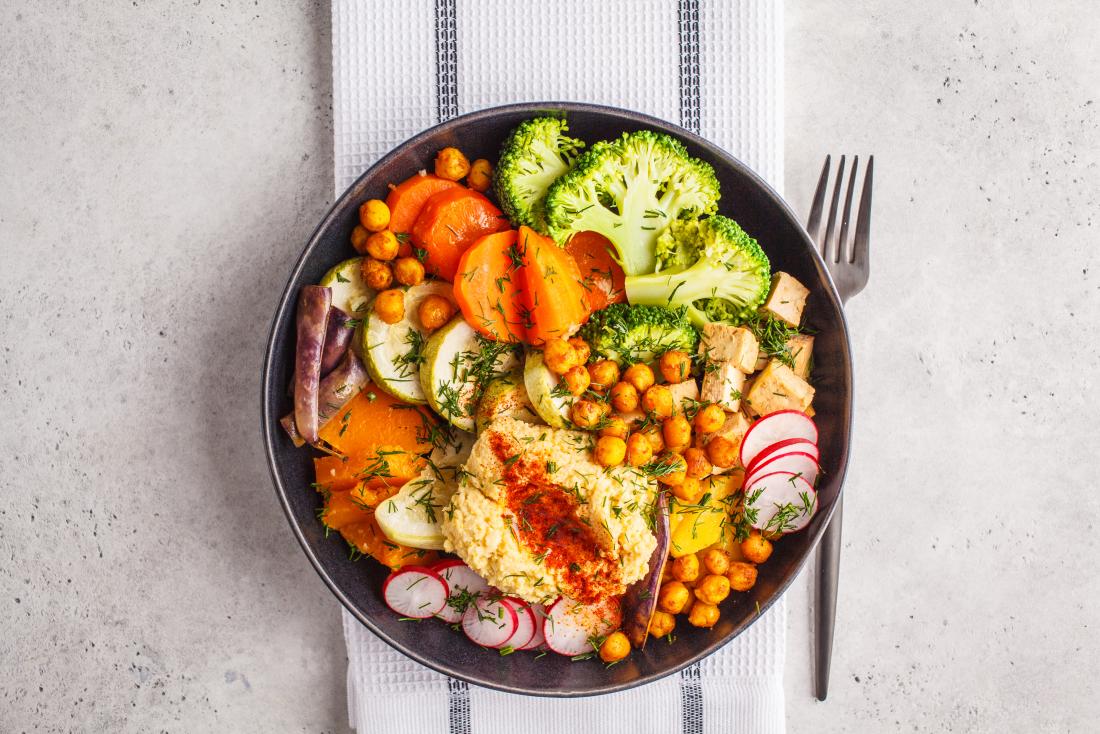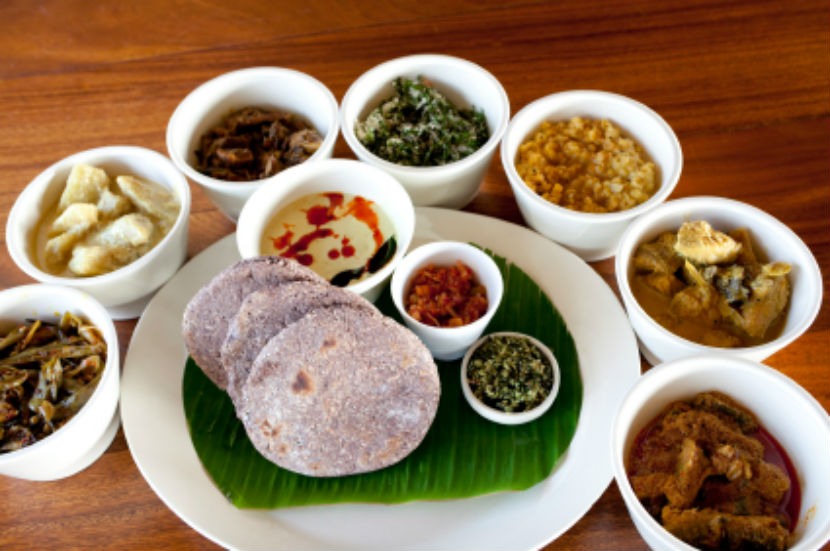Having high cholesterol puts you at increased risk of developing coronary heart disease. Combine high cholesterol with other risk factors, such as diabetes and high blood pressure, and your risk of heart disease increases even more. Many factors can cause high cholesterol, some of which you can do something about and others you cannot.

Cholesterol is a fatty substance that can harden and stick to your artery walls, causing them to narrow and result in a condition known as atherosclerosis. Clots can then form, further blocking the narrowed arteries, and causing a heart attack when blood can no longer pass through the narrowed arteries to supply oxygen to the heart muscle.
The National Institutes of Health reports that more than 34 million American adults have high cholesterol (higher than 240 mg/dL), about 8 percent of the population.
Who gets high cholesterol? According to the American Heart Association, both white and African American women over age 20 actually have higher rates of total cholesterol levels above 240 mg/dL than men. And it’s not just in adults. High cholesterol may also be a problem in children. The American Academy of Pediatrics recommends cholesterol management for some children as young as 8 years of age and low-fat dairy products starting at age 2. Most children with high cholesterol have a parent with high cholesterol.
High Cholesterol Risk Factors

Heredity, having a family history of high cholesterol and heart disease, your age, and gender are all things that may put you at risk for developing high cholesterol. But a number of lifestyle choices that are within your control can increase your risk:
- The food you eat. Many foods can drive up your low-density lipoprotein or LDL cholesterol (the “bad” cholesterol). Eating too much saturated fat, trans fatty acids (trans fats), and animal-based cholesterol found in meats, cheeses, and egg yolks contribute to high cholesterol and heart disease.
- Being overweight or obese. Having an unhealthy weight can increase LDL levels, reduce high-density lipoprotein or HDL cholesterol (the “good” cholesterol), and increase your total cholesterol level.
- Not exercising. A lack of exercise also contributes to your risk for high cholesterol and cardiovascular disease.
Types of Cholesterol: Assessing Your Levels
When you have a blood test to check your cholesterol level, doctors look at four scores:
- Total blood cholesterol
- LDL cholesterol
- HDL cholesterol
- Triglycerides

If your total cholesterol score is less than 200 mg/dL and you have none of the above-mentioned risk factors, you are at low risk for heart disease. A total cholesterol score of 200-239 mg/dL is considered borderline high and anything above that is considered high. But you can also look at the LDL and HDL cholesterol level counts individually for more specific information about your risk for heart disease.
For example, higher HDL or good cholesterol levels are better. A low good cholesterol score (less than 40 mg/dL for men and less than 50 mg/dL for women) puts you at an increased risk for heart disease.
When you look at LDL or bad cholesterol, lower scores are better. The American Heart Association reports that LDL cholesterol is a better gauge of your risk for heart disease than the total cholesterol number. An LDL of less than 100 mg/dL is considered optimal.
Another part of the blood cholesterol test takes a look at triglycerides, which is another type of fat. If you have a high triglyceride level, you’re also likely to have a high total cholesterol level. A normal triglyceride level is less than 150 mg/dL.
Some health care providers use a ratio of total cholesterol to HDL cholesterol instead of the total blood cholesterol. That cholesterol ratio is found by dividing the HDL cholesterol level by the total cholesterol. But the American Heart Association recommends using the absolute numbers for total blood cholesterol and HDL cholesterol levels instead because they are a better tool to help guide your doctor in developing an appropriate treatment plan, if needed.
Lowering Your High Cholesterol: Ideas to Treat Naturally
Now that you know how to assess your cholesterol-heart disease risk, you can start thinking about how to reduce your risk and lower your cholesterol level. For most people, the best plan for reducing cholesterol involves lifestyle remedies that include a diet with the right foods, weight loss, and exercise. These changes are known as therapeutic lifestyle changes (TLC).

What to eat? Foods for reducing high cholesterol are low in saturated fat and cholesterol. Recipes should include 0 or 1 percent dairy products, lean meats, whole grains, and plenty of fruits and vegetables. Use soft margarine in place of butter in your diet menu. Limit foods high in cholesterol such as organ meats, shrimp, and egg yolks.
For people who cannot lower their cholesterol enough with a TLC diet, medication may be needed as well. Statin drugs are the most commonly used cholesterol lowering drugs. These drugs are safe for most people and are very good at lowering LDL cholesterol.
Natural remedies for high cholesterol that show some promise include diet supplements like flaxseed, garlic, and soy. Flaxseed and flaxseed oil contain a substance that may benefit heart disease. Some studies have shown that flaxseed may lower cholesterol in post menopausal women. Garlic can be used as a food or a diet supplement and studies suggest it may slow the development of coronary heart disease. Soy foods and soy supplements have been shown to lower LDL cholesterol.
Natural remedies are not a cure for high cholesterol or heart disease and should never take the place of TLC or prescribed medications. People using any diet supplements or other natural remedies should always consult with their doctors first.
Important Related Conditions
Some medical conditions increase your risk for heart disease, especially when combined with high cholesterol, another reason to keep cholesterol in check. These include:
- Blood sugar. People who have diabetes have high blood sugar, also called “high glucose.” You can be born with blood sugar or develop it later in life. Blood sugar is caused by a shortage of, or a poor response to, insulin, the hormone that moves blood glucose out of the blood and into the muscles, fat, and liver cells where it is needed for fuel. Untreated high blood sugar is a major cause of heart disease.
- Hypertension. High blood pressure often goes along with high cholesterol and heart disease. High blood pressure means that there is too much pressure pushing on the inside of the blood vessels of the body. This can lead to many problems, including increasing the work load of the heart. Too much salt or high sodium in the diet is one of the important risk factors for high blood pressure.
- Familial combined hyperlipidemia. High blood cholesterol (hypercholesterolemia) and high blood triglycerides can be an inherited genetic disease. People who have this condition have a high rate of heart disease at an early age and begin to develop high levels of blood fats (hyperlipidemia) in their teenage years.
While the American Heart Association reports that from 1995 to 2005 death rates from cardiovascular disease actually declined 26.4 percent and that total cholesterol levels in men over age 40 and women over age 60 declined between 1999 – 2000 and 2005 – 2006, other age groups shown no improvement. African American men and women have a greater risk of death as a result of heart disease than Caucasian men and women, probably as a result of genetics and lifestyle factors.
It’s important that you understand the basics about cholesterol and its implications for heart disease. Know your own cholesterol levels, and if you do have high cholesterol, talk to your doctor about ways you can lower your cholesterol and reduce your risk of heart disease.
Use Supplement for blood sugar:
FENFURO Regular intake of FENFURO can control the blood sugar level effectively. FENFURO is a first of its kind, safe nutraceutical derived from fenugreek seeds through a patented process. Through its unique scientific process, FENFURO concentrates the bioactive part of plants into a manageable dose, while removing the inert parts such as cellulose. Also, since a lot of healthy botanicals are not palatable, consuming their concentrate in capsule form in small dosage is a lot easier. FENFURO contains a rich variety of saponins and flavonoids. These substances are known to lower blood lipid level and help in insulin sensitization and glucose regulation. FENFURO is the first dual action insulin sensitizer.
The statement and product have not been evaluated by the FDA to diagnose, treat, cure or prevent any disease.


























